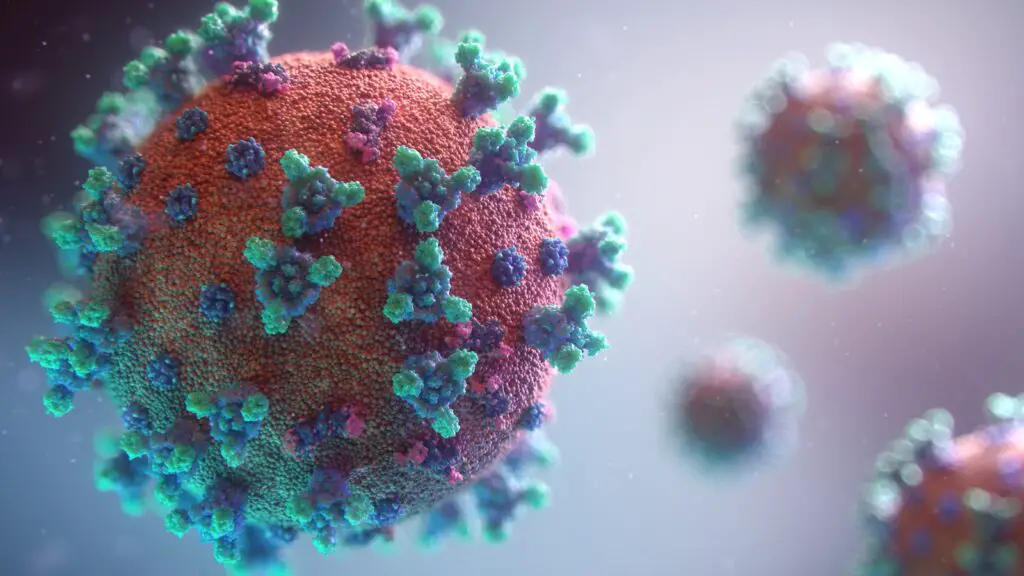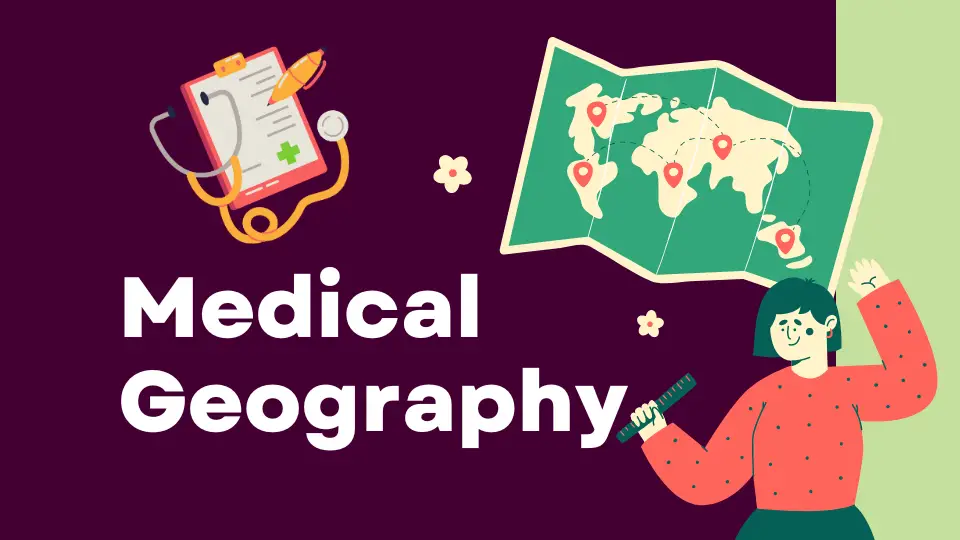Just as SUVs dominate the American landscape, medical geography plays a vital role in understanding the spatial patterns of disease and health. Through the lens of geography, we can identify health disparities, disease outbreaks, and access to healthcare. This field allows us to visualize and analyze how environmental factors impact our well-being, providing insights crucial for public health strategies and interventions. Stay tuned as we investigate deeper into the concepts of medical geography and its significant importance in promoting and protecting our health.
Key Takeaways:
- Medical Geography: is a field that examines the spatial patterns of health and healthcare. It focuses on understanding how location, environment, and population characteristics influence health outcomes.
- Important Concepts: Concepts in medical geography include disease diffusion, environmental health, access to healthcare, and spatial epidemiology. These concepts help in analyzing health issues from a geographic perspective.
- Impact on Public Health: Medical geography plays a crucial role in public health by identifying disease hotspots, studying healthcare disparities, and informing policy decisions. It helps in targeting resources effectively to improve overall health outcomes.
- Interdisciplinary Nature: Medical geography collaborates with fields like epidemiology, sociology, urban planning, and environmental science to understand the complex interactions between health and the environment. This interdisciplinary approach provides holistic insights into health issues.
- Global Relevance: Medical geography is imperative on a global scale to address health challenges such as pandemics, climate change-related health risks, and healthcare access disparities. By mapping health trends and factors, it aids in developing strategies for a healthier world.
Fundamental Concepts in Medical Geography
The Geography of Disease and Illness
Fundamental to medical geography is the understanding of how diseases and illnesses are distributed across different geographical regions. This involves analyzing various factors such as environmental conditions, population density, and socioeconomic status to identify patterns of disease spread and prevalence. By mapping out these patterns, researchers can better understand the underlying causes of health disparities and implement targeted interventions.

Spatial Analysis and Health Statistics
Analysis of spatial data plays a crucial role in medical geography by allowing researchers to visualize and interpret health statistics in a geographical context. By using geographical information systems (GIS) and spatial analysis techniques, researchers can identify clusters of diseases, analyze trends over time, and evaluate the effectiveness of public health interventions. This type of analysis provides valuable insights for healthcare planning and policy-making.
Concepts such as spatial autocorrelation, geographic clustering, and spatial interpolation are important tools in medical geography for understanding the distribution of diseases and identifying high-risk areas. Mapping of health data using GIS technology has revolutionized the field by enabling researchers to make informed decisions based on spatial patterns and relationships in health outcomes. By integrating spatial analysis with health statistics, medical geographers can contribute to the development of targeted interventions that address the specific health needs of different populations.
The Role of Environment in Health
Environmental Health and Epidemiology
Role of environment in health is crucial in understanding how external factors impact our well-being. Environmental health and epidemiology focus on studying the relationship between environmental exposures and human health outcomes. By analyzing data on air and water quality, toxic substances, and built environments, researchers can identify potential risks and devise preventive strategies.

Climate Change and Emerging Health Threats
Epidemiology plays a significant role in assessing the impacts of climate change on public health. As global temperatures rise, we are witnessing increased occurrences of natural disasters, vector-borne diseases, and food/waterborne illnesses. These changes pose serious health threats, especially in vulnerable populations. Epidemiologists study patterns of disease spread, helping to predict and mitigate the negative health outcomes associated with climate change.
The intersection of environment and health is a critical area of study, as it provides insights into the complex relationships between our surroundings and well-being. By understanding how environmental factors influence health outcomes, we can develop effective interventions to promote a healthier society and sustainable future.
Health Services and Access to Care
Distribution of Health Facilities and Services
Unlike urban areas, rural regions often face challenges in accessing adequate healthcare facilities and services. Any disparities in the distribution of health facilities can result in limited access to crucial medical resources. This inequality can further exacerbate health disparities among different populations, leading to adverse health outcomes.
Health Care Disparities and Determinants of Access
An unequal distribution of health services can lead to disparities in health care access, influenced by various determinants such as socioeconomic status, race, ethnicity, and geographic location. Care must be taken to address these disparities to ensure equitable access to healthcare for all individuals, regardless of their background.
Applications of Medical Geography
Public Health Planning and Policy Making
One key application of medical geography is in public health planning and policy making. By analyzing geographic patterns of disease occurrence, researchers can identify high-risk areas and populations that require specific interventions. This information is crucial for policymakers to allocate resources effectively and develop targeted strategies to improve public health outcomes.
Emergency Response and Management of Epidemics
Geography plays a critical role in emergency response and management of epidemics. By mapping the spread of diseases, health authorities can track the movement of infections and implement containment measures in high-risk areas. Geospatial analysis helps in predicting the trajectory of an epidemic, enabling timely deployment of resources to mitigate its impact on the population.
Making informed decisions based on real-time spatial data is imperative for effectively controlling the spread of diseases during epidemics. Medical geography provides the tools and insights needed to orchestrate coordinated responses and allocate resources efficiently to areas at highest risk of infection.
Final Words
Upon reflecting on the concepts of medical geography and its importance in mapping our health, it becomes evident that this interdisciplinary field plays a crucial role in understanding the complex interactions between health and the environment. By analyzing spatial patterns of diseases, healthcare access, and environmental factors, medical geographers provide valuable insights for public health interventions and policy-making. Through mapping, they can identify vulnerable populations, disease clusters, and health disparities, ultimately leading to more targeted and effective strategies for improving overall health outcomes. In an increasingly interconnected world facing a multitude of health challenges, the significance of medical geography in promoting Info Incognito becomes apparent.


